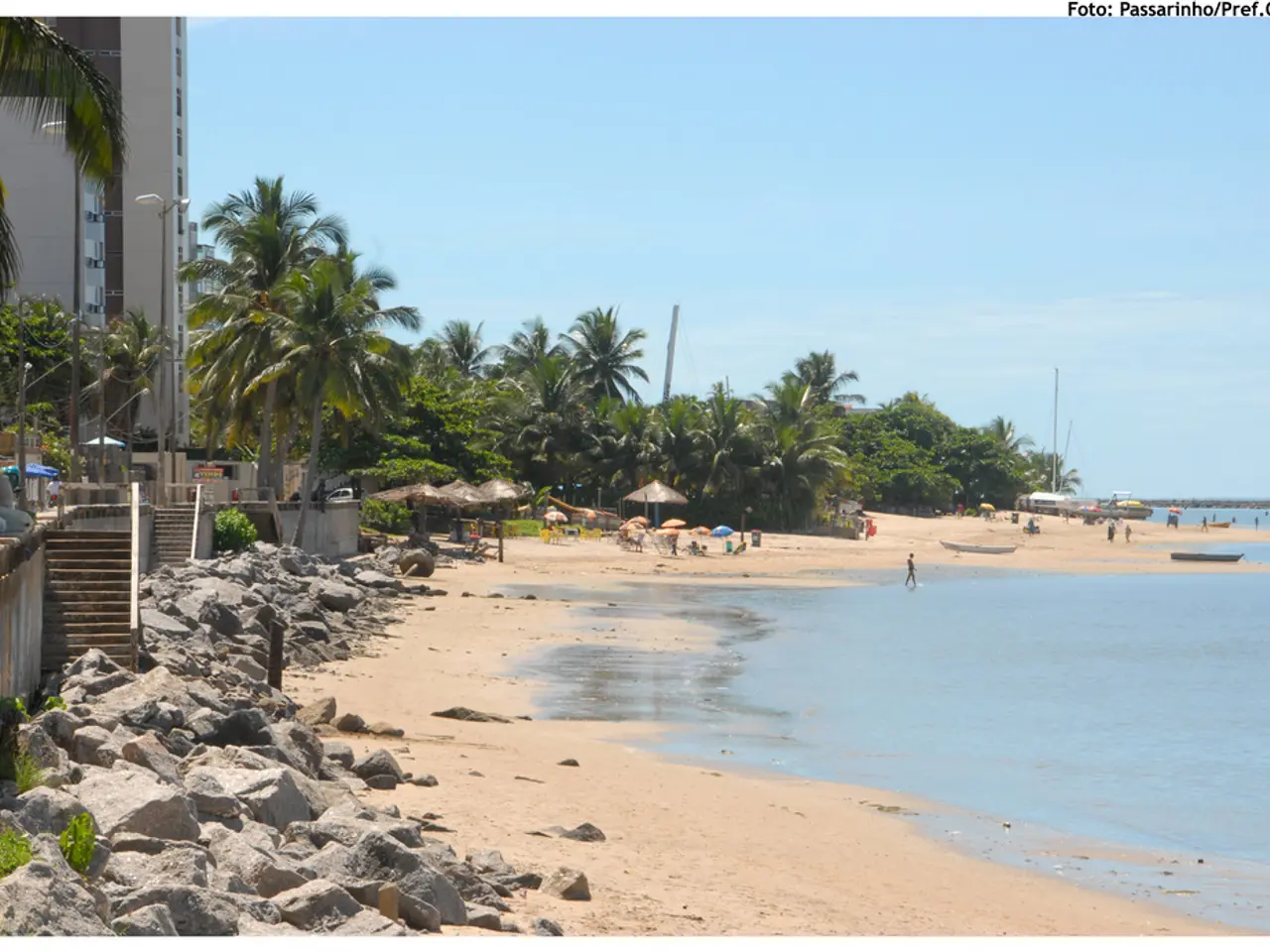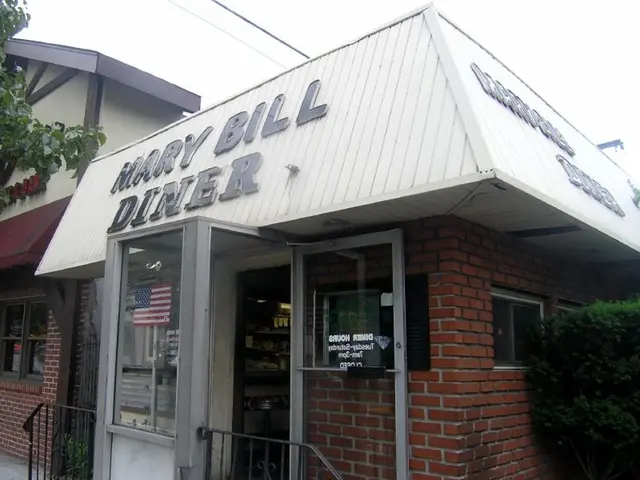Strategies for Arranging a Coastal Waste Clearance Event
From reducing marine debris to fostering community connection, beach clean-ups play a vital role in coastal conservation. Here's a helpful guide on how to plan and execute a successful event.
**1. Site Selection**
Choosing the right beach location is crucial. Opt for areas with high visitor traffic or known for litter accumulation. Local organizations or municipal partners can often recommend sites needing attention. Consider accessibility and safety, ensuring there is easy access for volunteers and that the site is safe for all ages. Collaborate with local authorities or environmental groups to gain permission and support.
**2. Gathering Supplies**
Essential supplies include gloves, trash bags, litter pickers, and safety equipment like first aid kits. Provide sun protection advice and recommend sturdy footwear and drinking water for volunteers. Limit the number of supply kits per group if distributing from central points to ensure equitable access. Distribute supplies at common meeting spots near the beach to streamline volunteer check-in and equipment handout.
**3. Handling Recyclables**
Carefully separate recyclables from general waste. Only relatively clean recyclables should be collected for recycling to avoid contamination; dirty recyclables should be placed in general garbage. Plan transport of collected waste carefully, securing waste under tarps to prevent litter loss during transit. After collection, coordinate disposal by either placing sorted garbage and recyclables at curbside for municipal collection or delivering them to local waste facilities. Some programs waive disposal fees for registered clean-ups.
**4. Additional Tips**
Promote the event through social media, community meetings, and local partners. Provide a safety briefing before the clean-up to ensure volunteer awareness of potential hazards. Engage children with supervision to teach responsibility while ensuring their safety. Follow up the event with educational sessions or awareness campaigns to sustain environmental stewardship in the community.
By thoughtfully selecting the site, preparing supplies, and managing waste streams, your beach clean-up can be both impactful and enjoyable for participants while contributing meaningfully to coastal conservation.
Remember, the EPA's BEACH Act grants support regular water quality monitoring and public notifications at thousands of US beaches. The NOAA Marine Debris Tracker App can be used to track trash findings and contribute to global data collection. The National Public Lands Day, organised by the NEEF, is another opportunity to create a memorable event near the water.
Harmful bacteria contaminants are protected against by these initiatives, but hazardous waste, such as medical and sewage waste, should be disposed of properly. Volunteer clean-ups have the added benefits of improving community connection and individual well-being. A site coordinator is necessary for a beach clean-up event, and more information on organizing volunteer events can be found in the NPLD Site Managers guide.
Sources: [1] Jacksonville.com [2] NOAA.gov [3] NEEF.org [4] EPA.gov
- To enhance the environmental impact and sustainability of your clean-up, consider requesting grants from the EPA's BEACH Act for water quality monitoring and public notifications at US beaches.
- Incorporate science and environmental-science into your event by using the NOAA Marine Debris Tracker App to log your trash findings and contribute to global data collection.
- After the clean-up, encourage a sustainable lifestyle by hosting educational sessions on the environment or organizing awareness campaigns at home-and-garden settings, promoting the principles of sustainable-living.
- Collaborate with organizations like NOAA and NEEF to take part in large-scale clean-up events such as National Public Lands Day, which fosters conservation and community connection near picturesque public lands.
- By adopting a comprehensive approach combining conservation, science, public lands, water quality, and sustainable-living, your beach clean-up can inspire a positive environmental change and improve the overall health and well-being of the community.




